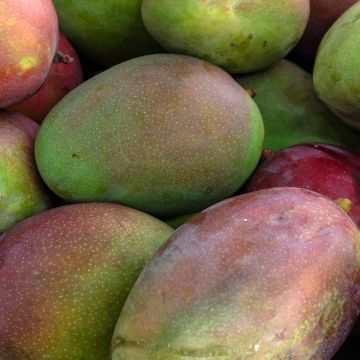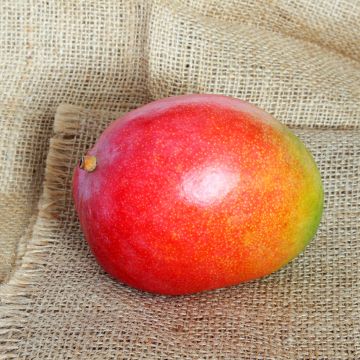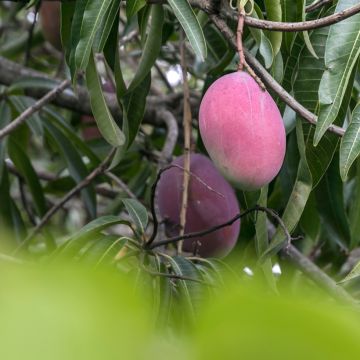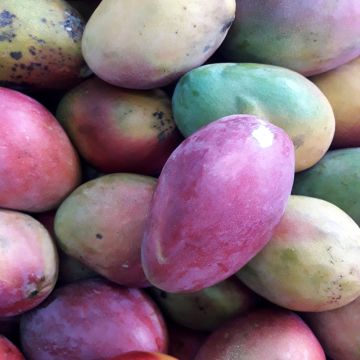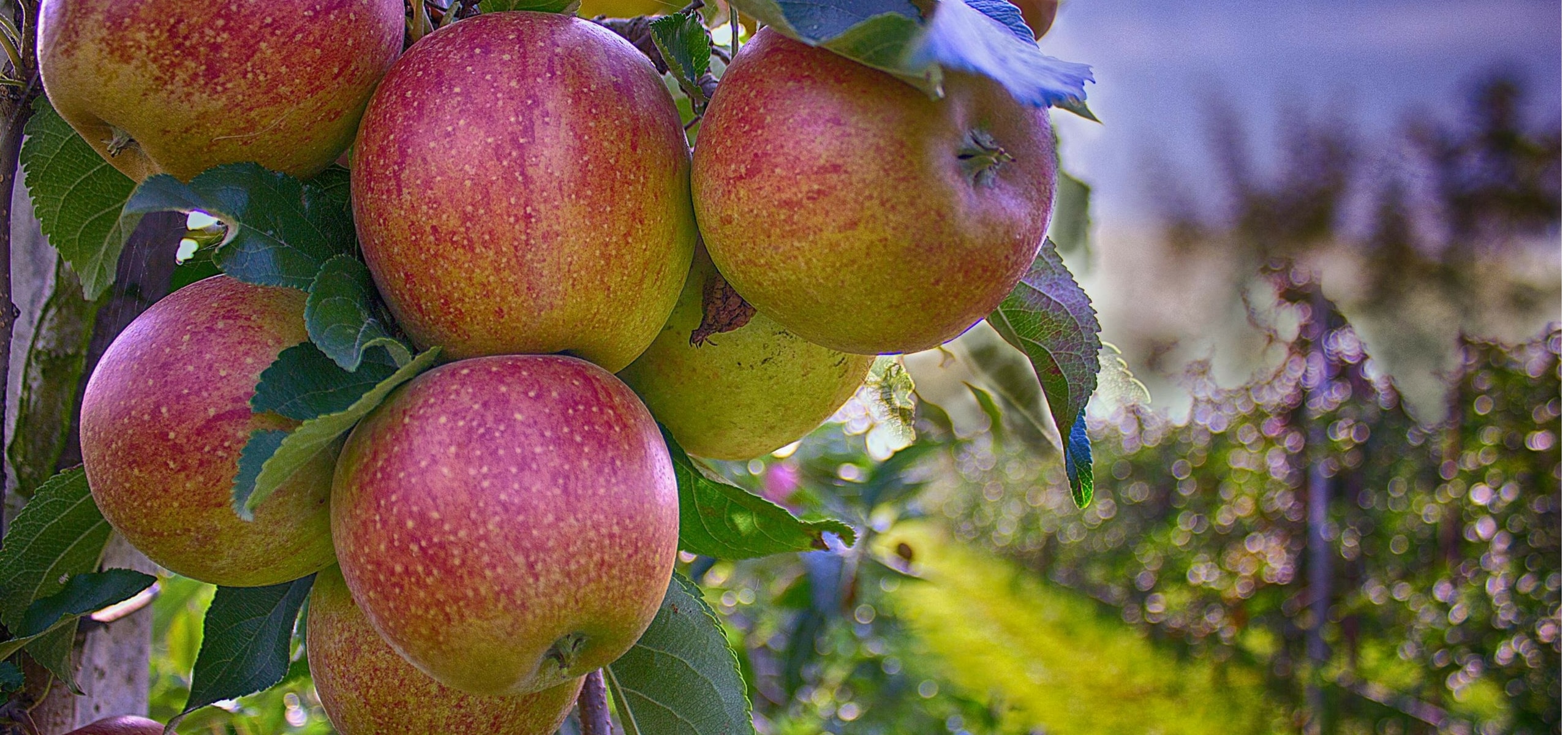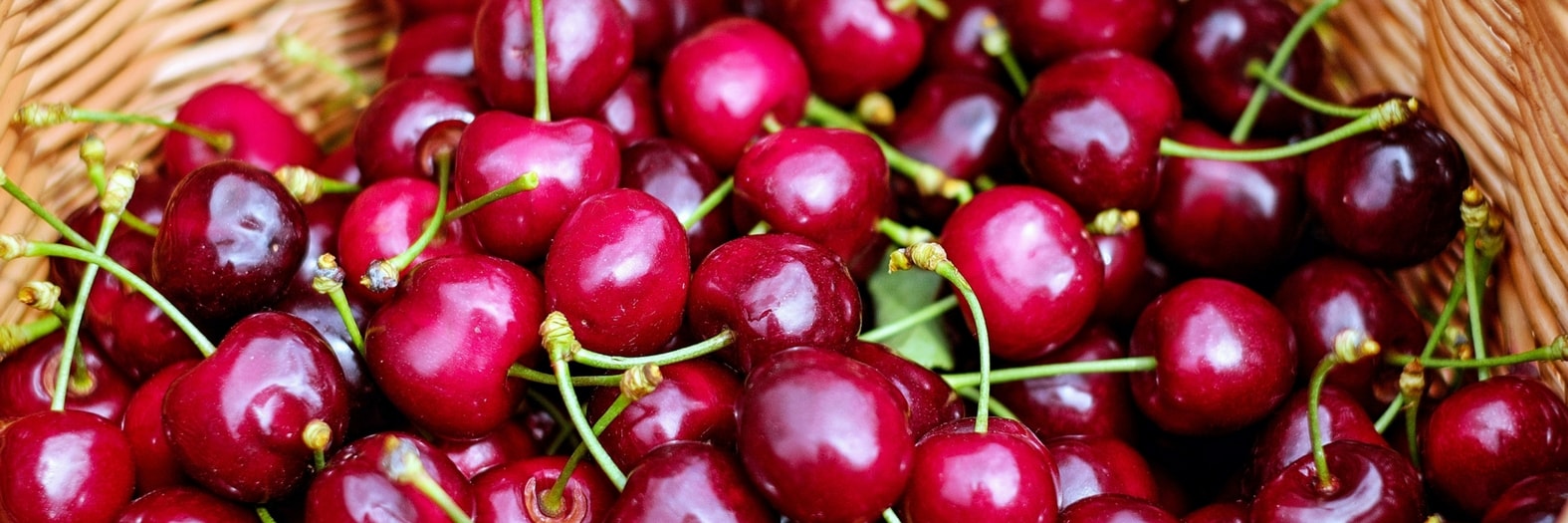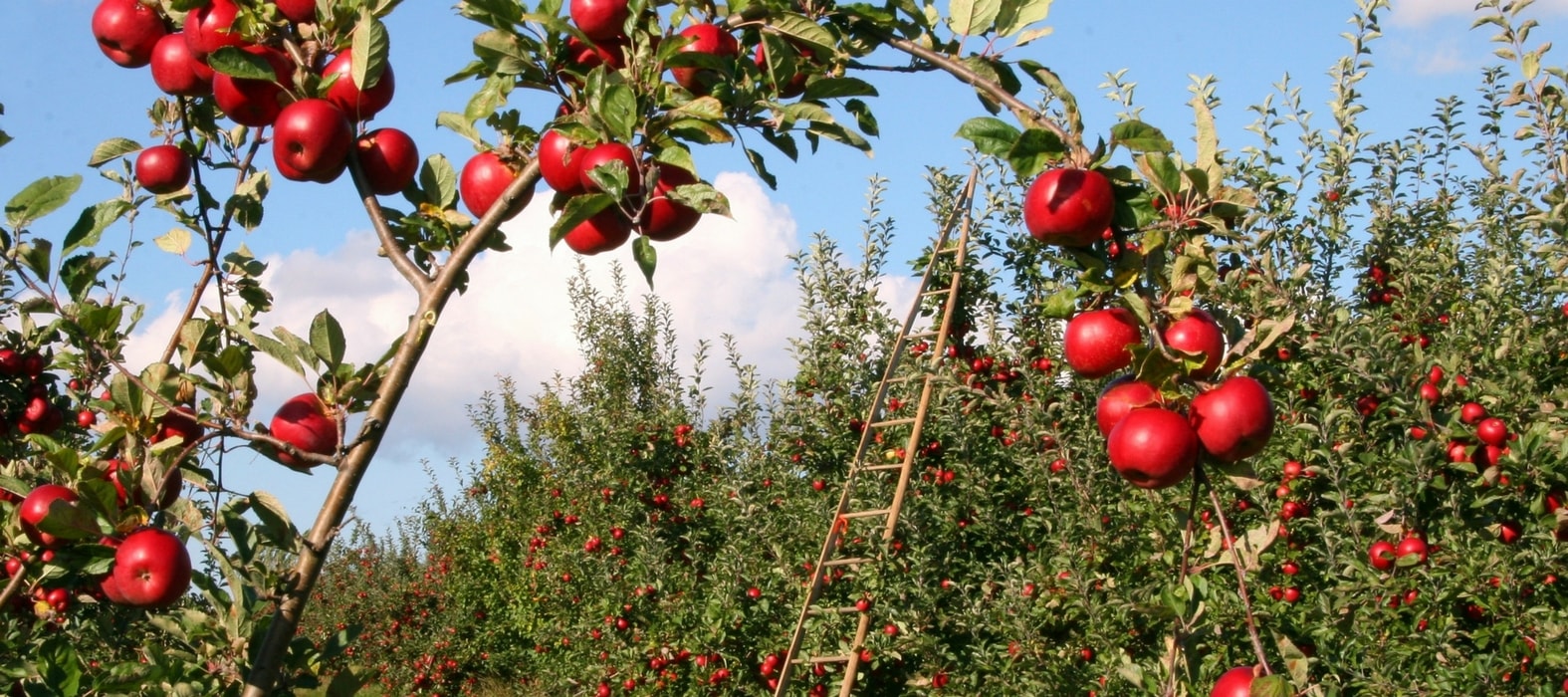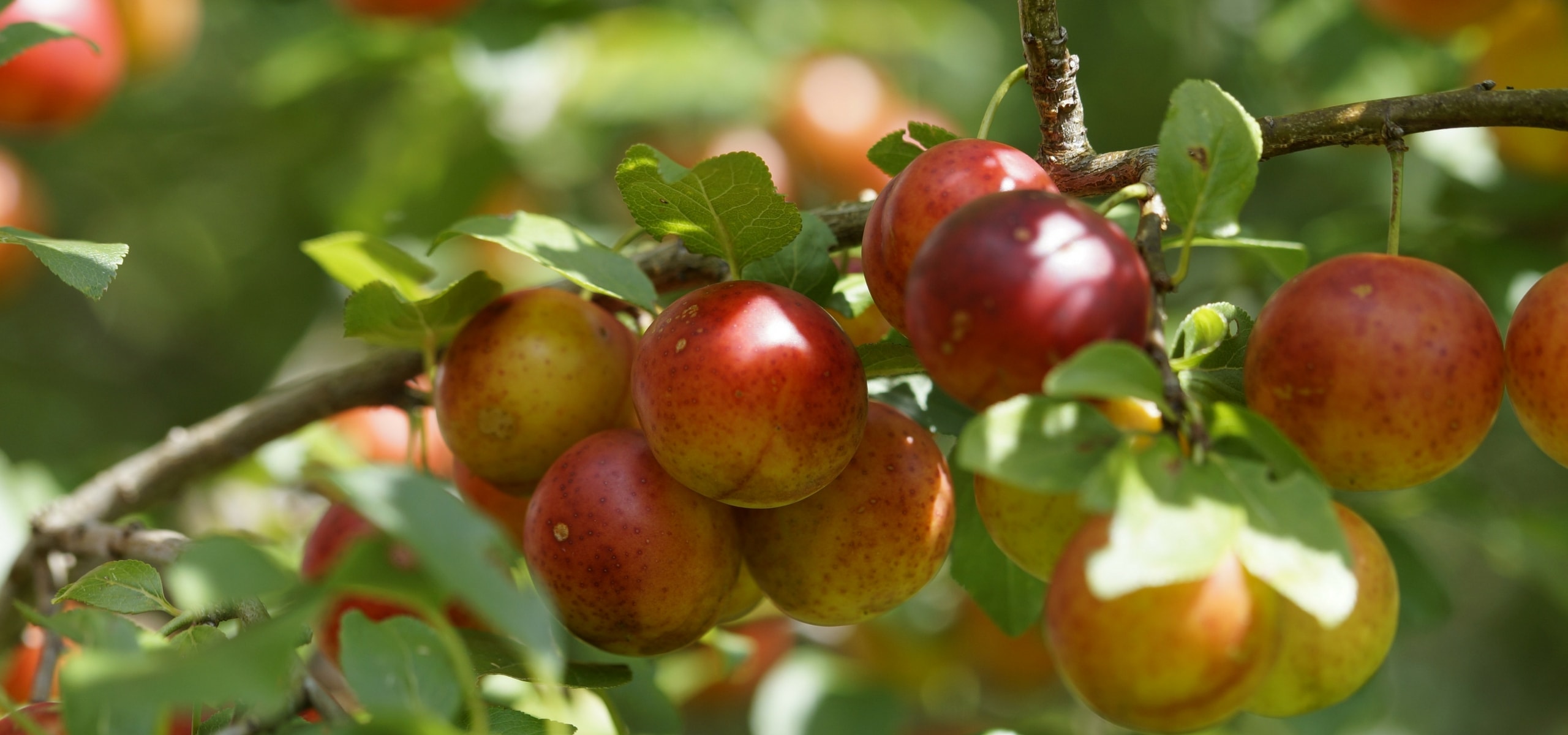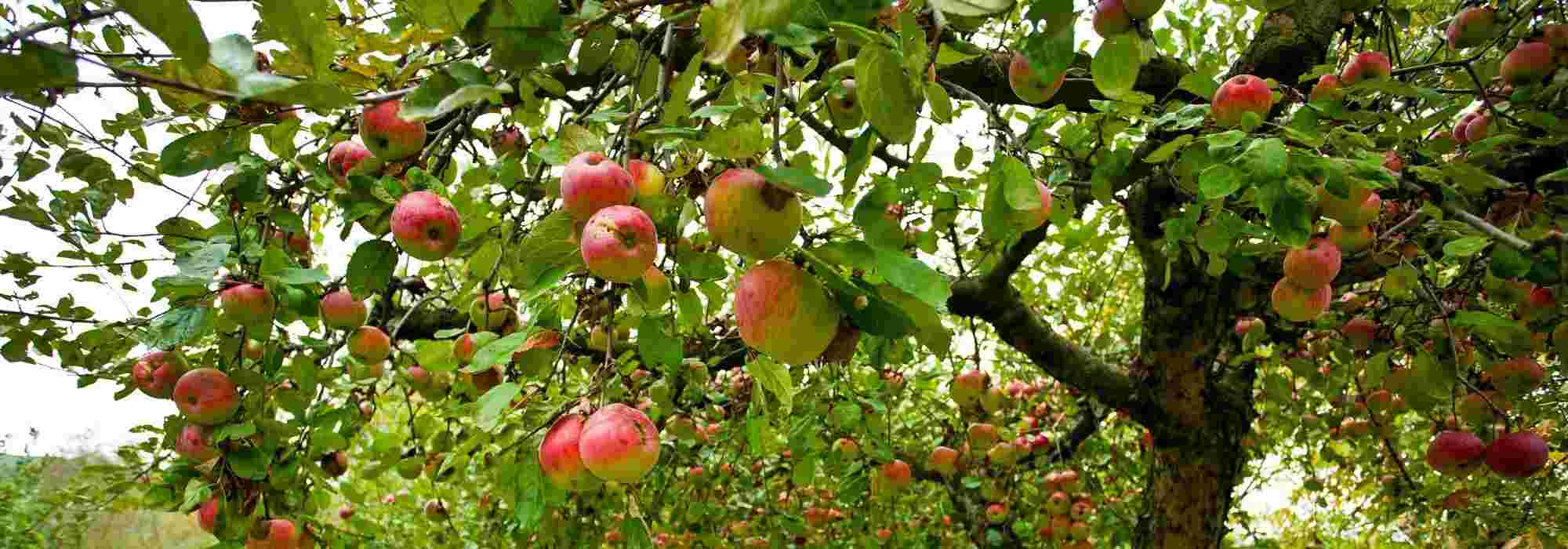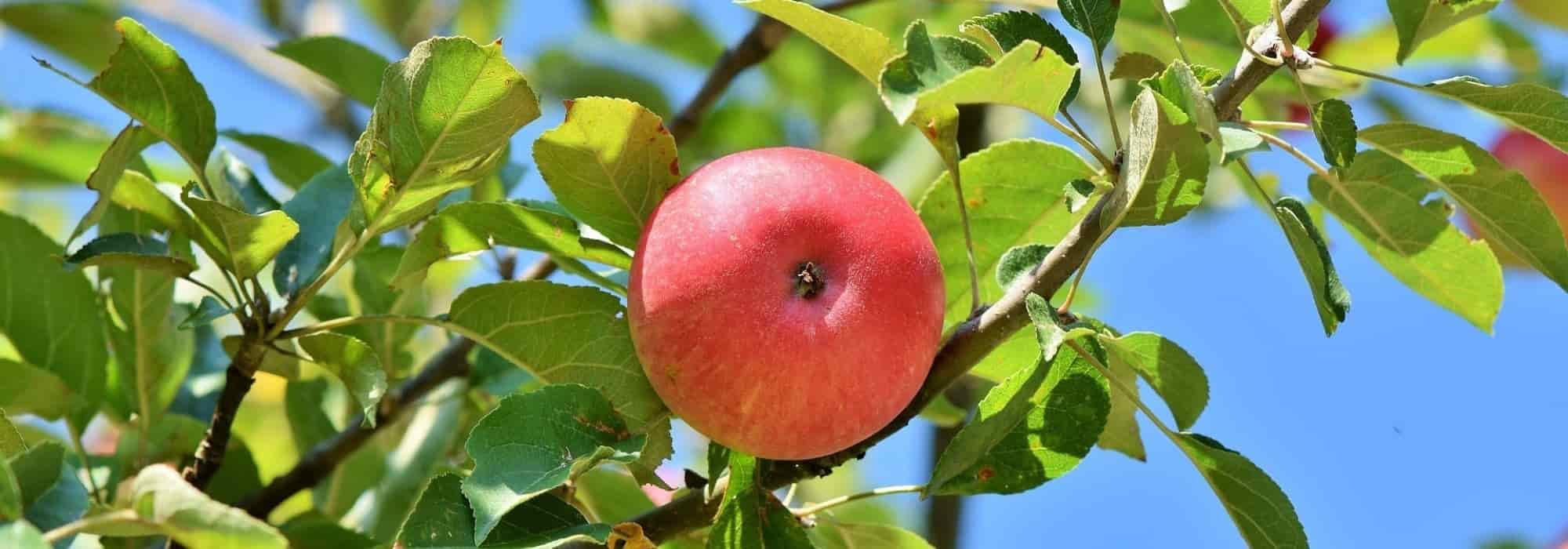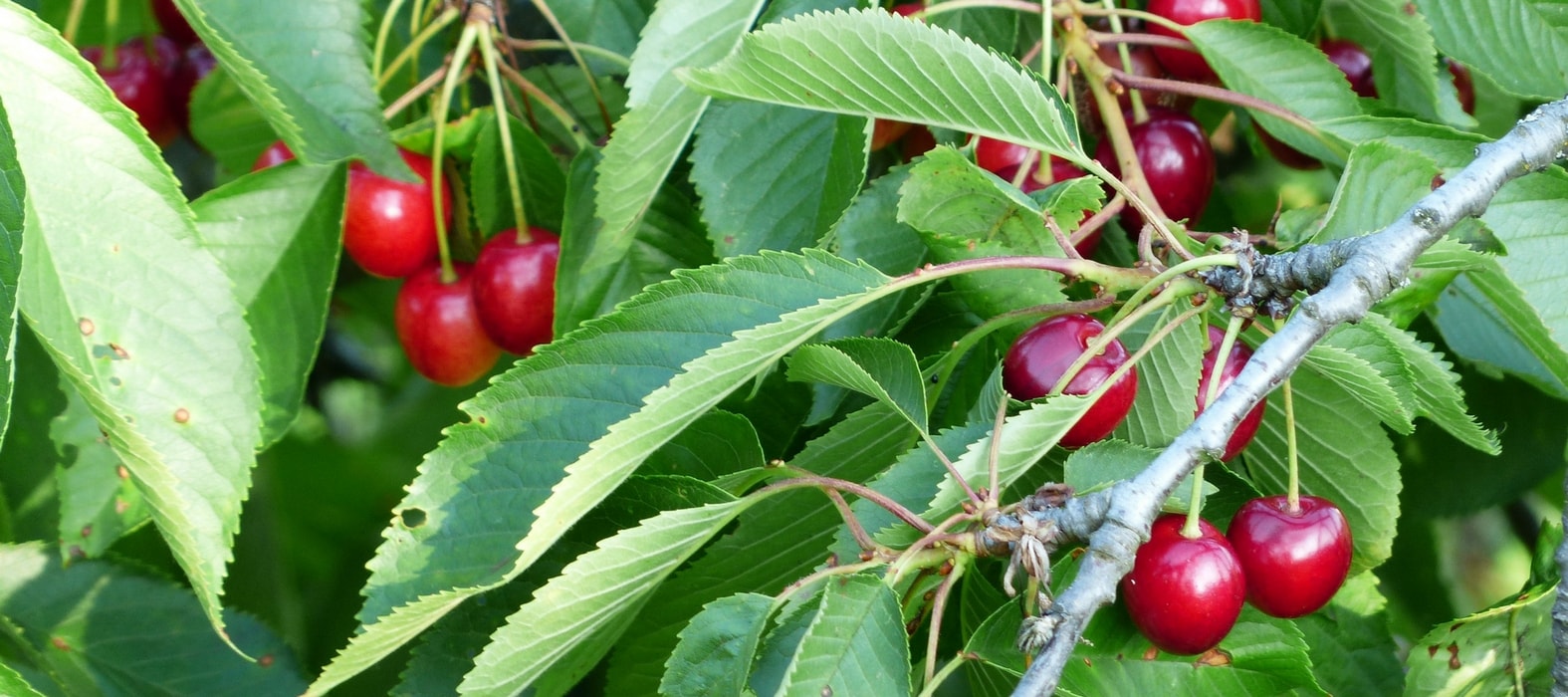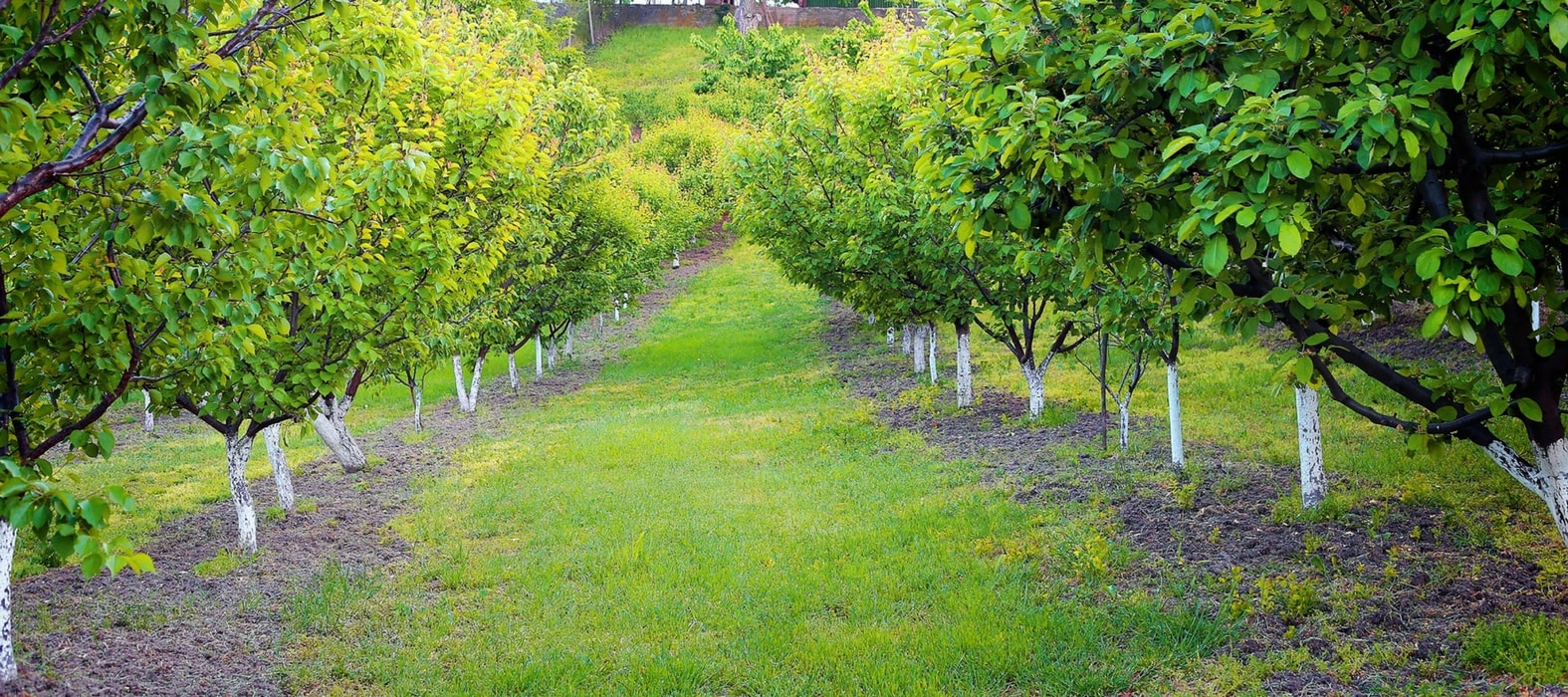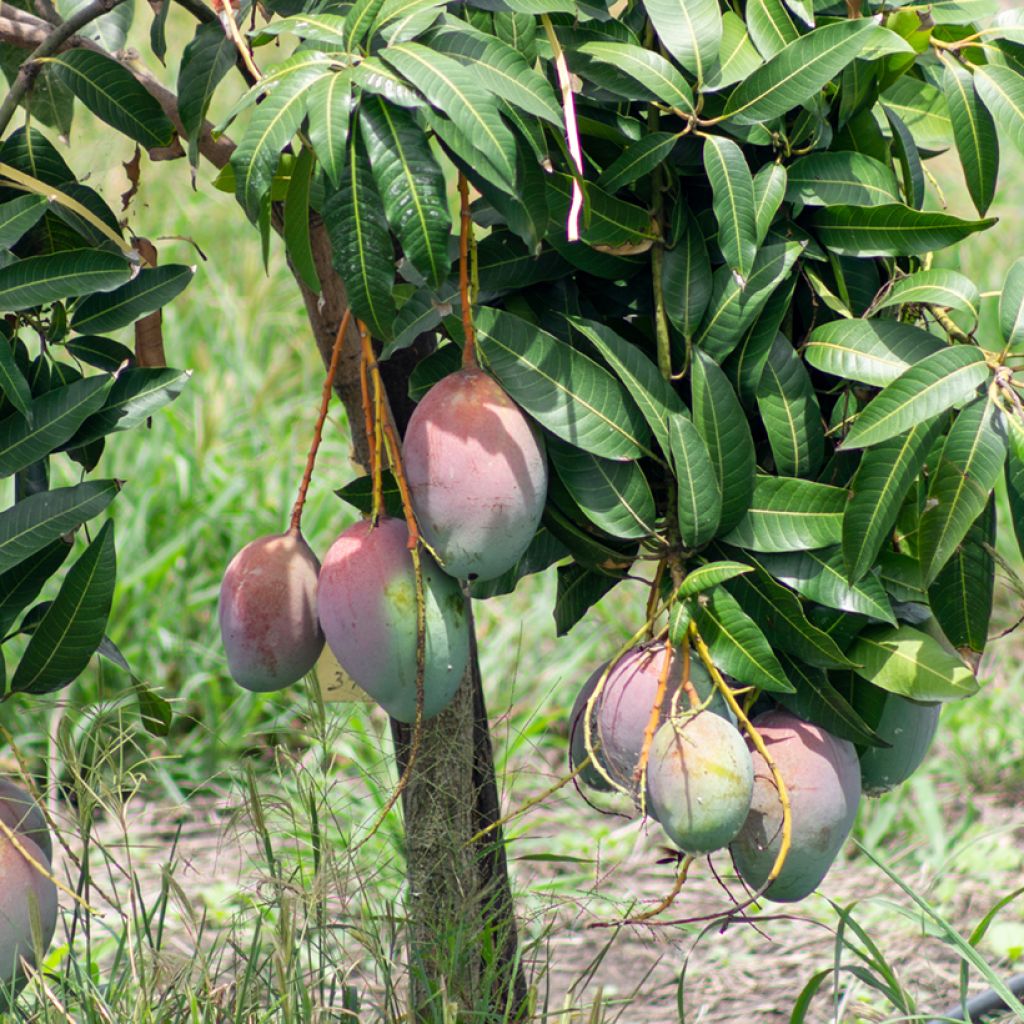

Mango tree Tommy Atkins - Mangifera indica
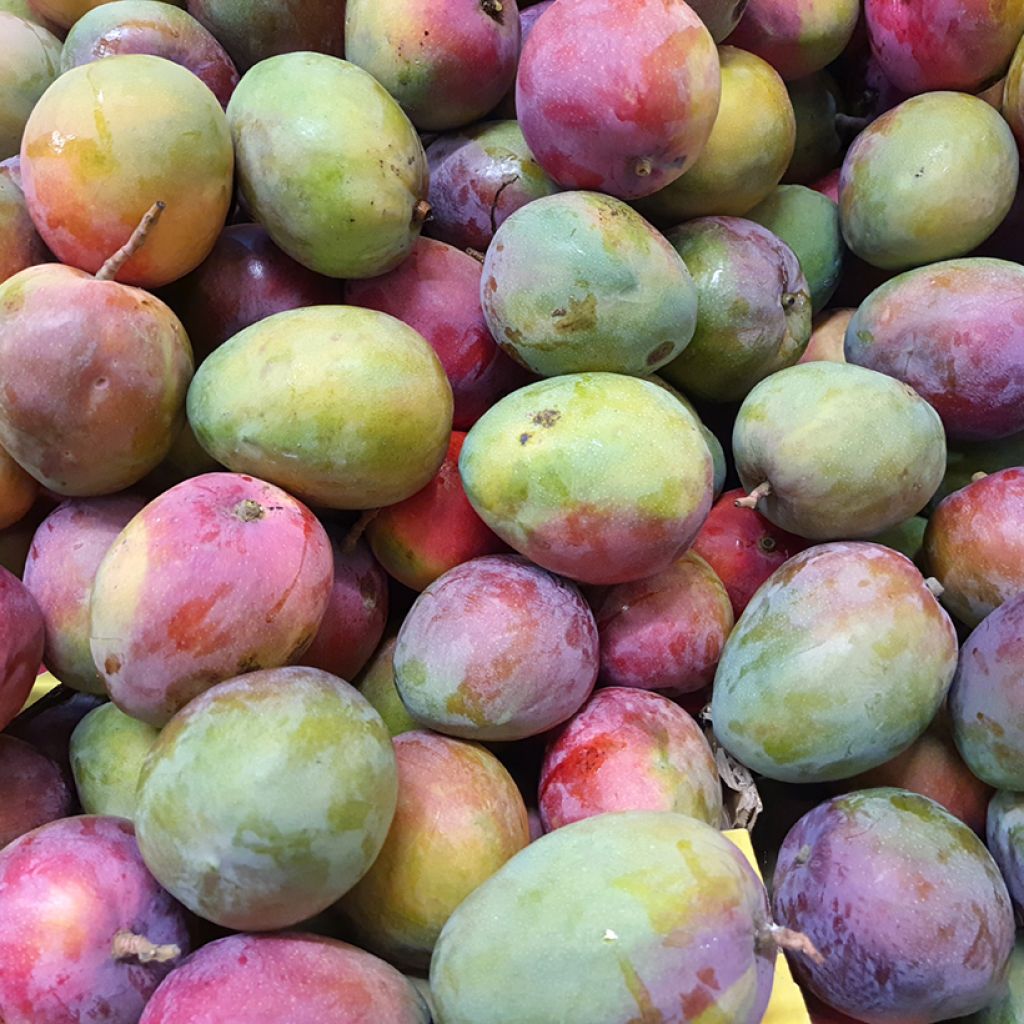

Mango tree Tommy Atkins - Mangifera indica
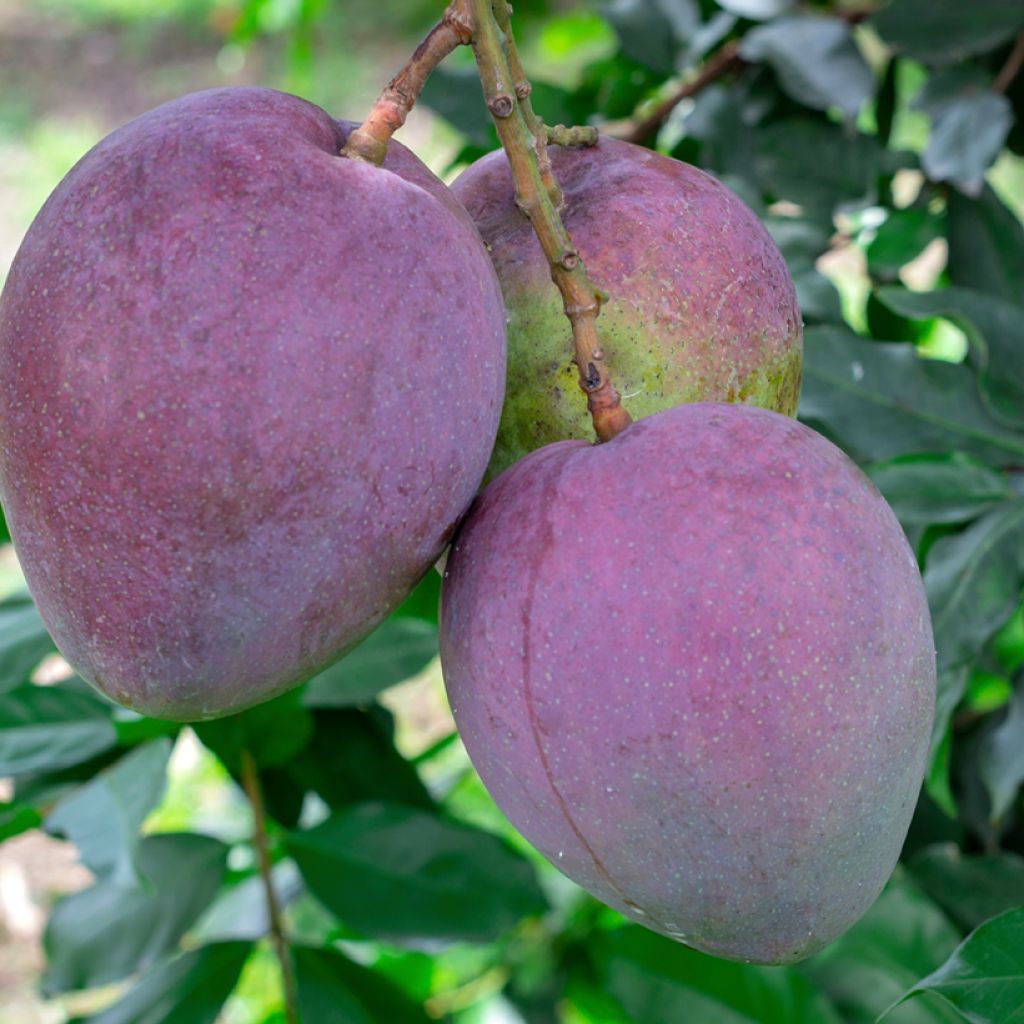

Mango tree Tommy Atkins - Mangifera indica
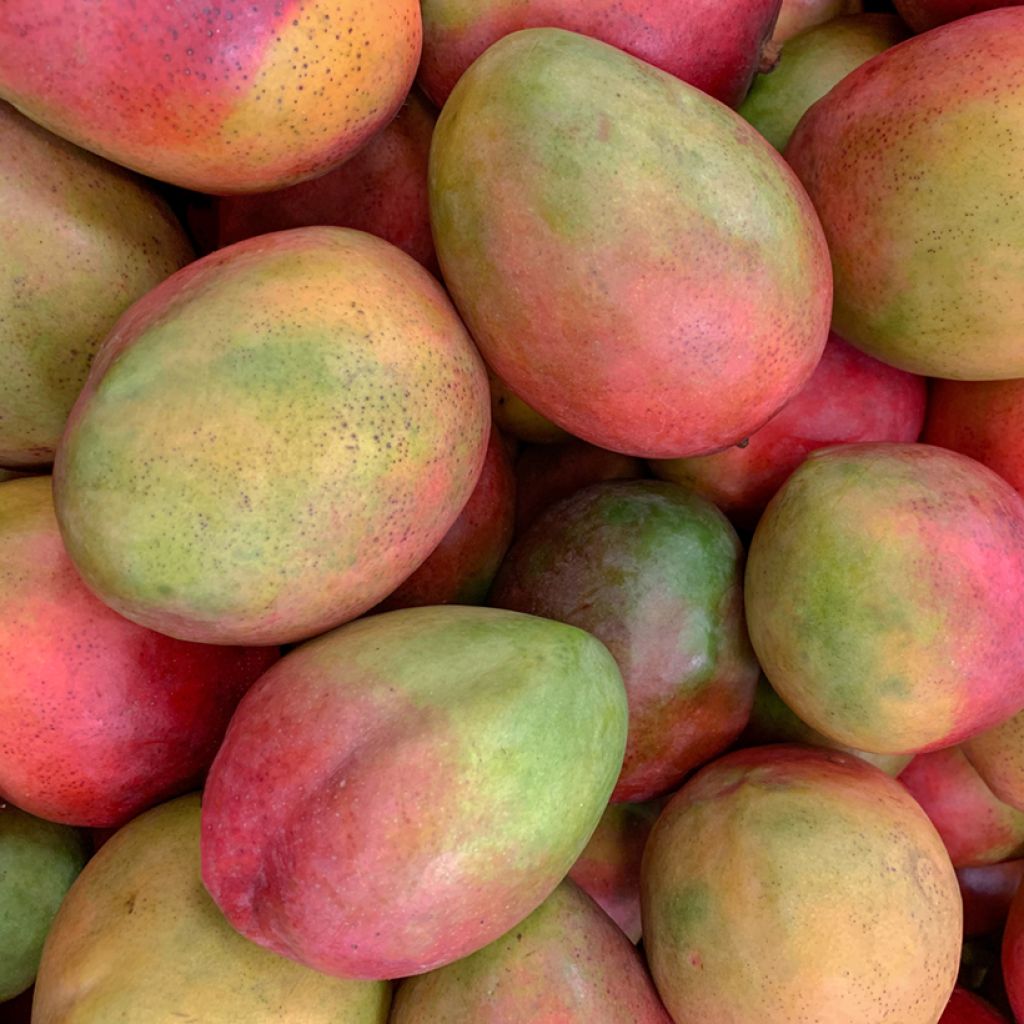

Mango tree Tommy Atkins - Mangifera indica
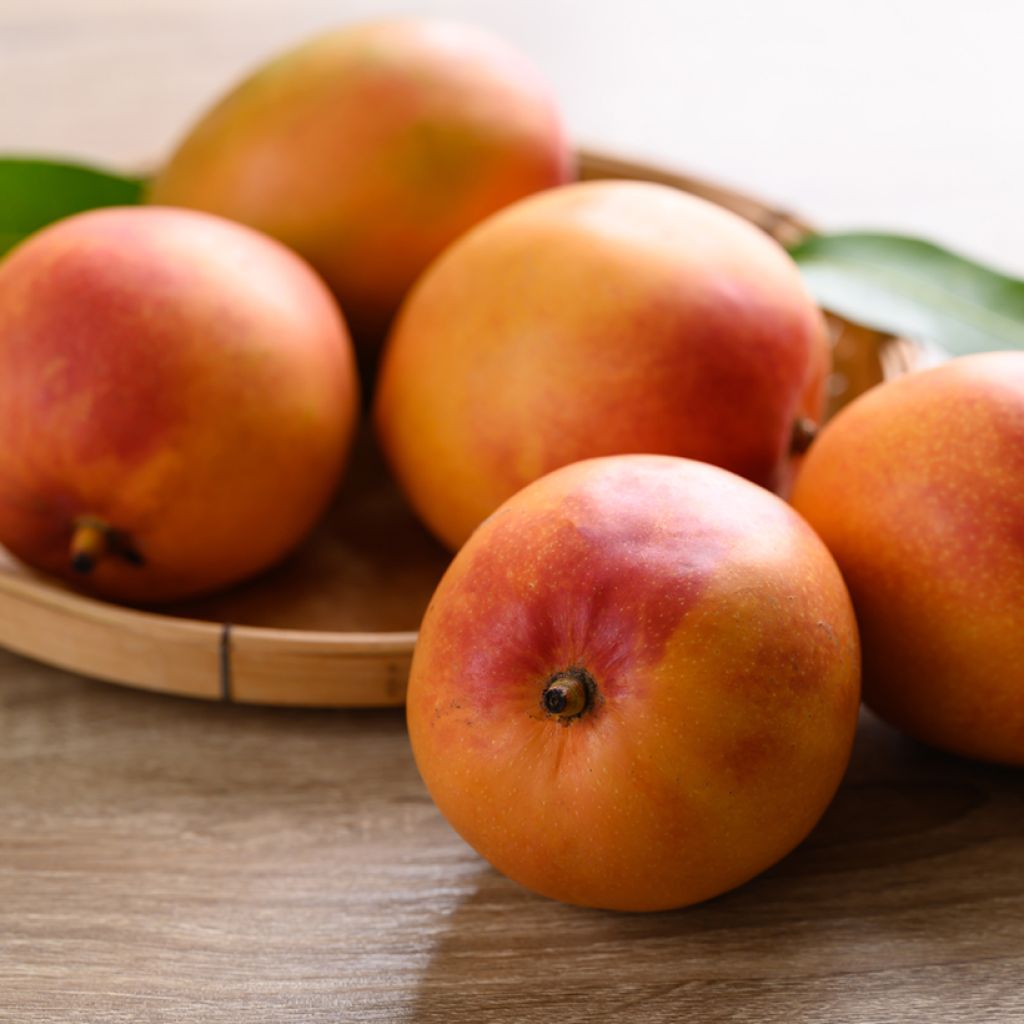

Mango tree Tommy Atkins - Mangifera indica
Mango tree Tommy Atkins - Mangifera indica
Mangifera indica Tommy Atkins
Mango
Special offer!
Receive a €20 voucher for any order over €90 (excluding delivery costs, credit notes, and plastic-free options)!
1- Add your favorite plants to your cart.
2- Once you have reached €90, confirm your order (you can even choose the delivery date!).
3- As soon as your order is shipped, you will receive an email containing your voucher code, valid for 3 months (90 days).
Your voucher is unique and can only be used once, for any order with a minimum value of €20, excluding delivery costs.
Can be combined with other current offers, non-divisible and non-refundable.
This plant carries a 6 months recovery warranty
More information
We guarantee the quality of our plants for a full growing cycle, and will replace at our expense any plant that fails to recover under normal climatic and planting conditions.
Description
Mangifera indica 'Tommy Atkins' is the most widely cultivated variety of Mango tree in Florida, where it is prized in intensive orchards for its high yield and because its fruit withstands transportation well. The tree exhibits vigorous growth and a spreading habit, forming a fairly wide, rounded crown. Its evergreen foliage is a beautiful, glossy, dark green. This tropical fruit tree is very cold-sensitive, so it can only be planted experimentally in the mildest areas. Elsewhere, container cultivation will be obligatory to shelter it throughout the cold season.
The Mango tree is a member of the Anacardiaceae family, which also includes the Cashew tree, which produces the famous cashew nut. In our more temperate climates, we are most familiar with Cotinus, or Smoke Bush. There are no fewer than 69 species of mango trees, but only Mangifera indica is cultivated on a large scale, to the extent of producing the second most economically important tropical fruit (after the banana). It originates from an area stretching from India to Burma, in a climate dominated by monsoons. Cultivated in India for over 4000 years, the botanical species is becoming rare in the wild, unlike the horticultural varieties whose industrial plantations have since developed in many tropical, subtropical, or even warm Mediterranean countries such as Israel and, closer to us, Andalusia.
The Mango tree forms a very beautiful tree, with a wide, rounded crown, most often reaching 10 to 25 m in height, while some older specimens can sometimes exceed 30 m. Its thick, short trunk supports numerous branches that spread out to give it its characteristic silhouette, somewhat reminiscent of the parasol pines of the South of France. The foliage is quite ornamental, consisting of lanceolate leaves about 5 times longer than wide and measuring up to 30 cm in length. The young foliage is often tinged with coppery red, creating a lovely contrast with the dark green mature vegetation, with a shiny surface. Flowering occurs in large terminal, 20 to 35 cm long panicles, composed of countless small greenish-yellow flowers, of which less than one in a thousand will develop into a fruit. The Mango tree bears male flowers and others that are hermaphroditic, containing both female (pistil) and male (stamen) sexual parts and capable of self-fertilisation (although different animals in various countries often intervene in the process). The mangoes then develop to form large fruits so prized for their sweet taste and constitute a complete food, rich in vitamins C and A.
The 'Tommy Atkins' Mango tree is derived from a seedling of the 'Haden' variety selected by Thomas H. Atkins in Fort Lauderdale, Florida, and planted in 1922. Facing numerous rejections from growers due to the slightly high fibre content of the variety and its slightly less sweet taste compared to others, its breeder nevertheless succeeded, through persistence, in establishing it on the market, thanks mostly to its excellent transportability. In addition to Florida, where it ripens in July, it is now cultivated in Mexico, Peru, Brazil, Ecuador, and even Hawaii. The fruit is oval, medium to large (dimensions 12.5 x 10 cm and average weight 520 g), and its skin has a yellow-green base colour enhanced with a scarlet red blush. The flesh is yellow, very firm, quite fibrous, and with a pleasant taste, though not at the level of the best varieties. This variety is vigorous, with a more upright habit than others and an open crown. As a result, it is reputed to be difficult to contain in terms of its development.
'Tommy Atkins' is not the easiest variety to manage in containers in our climates; 'Palmer' is more suitable. It is also important to know that it is futile to expect flowering, let alone fruiting, in climatic conditions so far from the plant's optimum. Even in the tropics, the plant is demanding, requiring a drier and cooler period to promote floral induction, followed by a wet period to encourage growth. You will also need a greenhouse or a large conservatory to overwinter your container in good conditions. To enhance the tropical atmosphere that your mango tree will inevitably create, you can pair it with a Banana tree. Also consider citrus trees like Buddha's Hand with its exotic appearance and "true" Hibiscus (H. rosa-sinensis).
Report an error about the product description
Mango tree Tommy Atkins - Mangifera indica in pictures
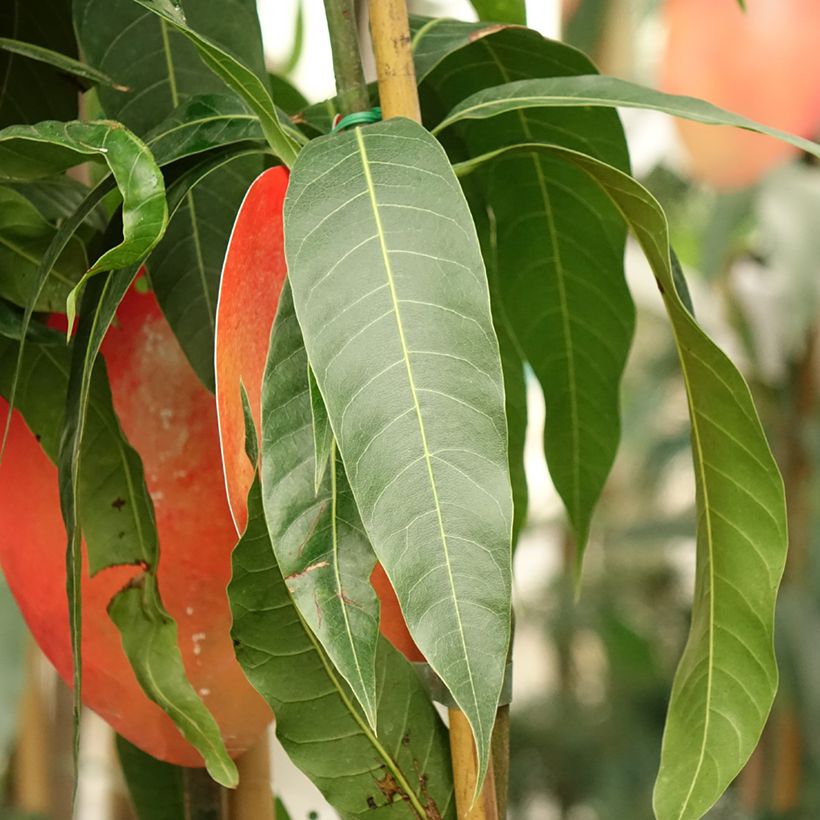



Plant habit
Fruit
Flowering
Foliage
Botanical data
Mangifera
indica
Tommy Atkins
Anacardiaceae
Mango
Mangifera mekongensis, Mangifera amba, Mangifera austroyunnanensis, Mangifera siamensis
Cultivar or hybrid
Other Mango Tree - Mangifera indica
View all →Planting and care
Plant Mangifera indica 'Tommy Atkins' in a large pot, ideally in a conservatory or temperate greenhouse, or even indoors. The Mango tree thrives in full light in a sandy, neutral to slightly acidic substrate, which remains moist while being well-drained. The optimal growing temperature for the mango tree is between 21°C and 26°C. Cold can damage it as soon as temperatures drop below 0°C or -1°C. In summer, the temperatures of our interiors suit it perfectly, and in winter, a very bright room at 15°C will satisfy it. In summer, you can move it to the garden once night-time temperatures exceed 8°C, under light shade to acclimatise it before placing it in the sun, in a well-sheltered and warm position. Plan for frequent watering in summer to keep the substrate slightly moist.
Plant it in a mixture of compost and sand. Add compost or well-rotted manure at the time of planting. Apply fertiliser every two weeks from spring to autumn.
Planting in open ground can be attempted in the mildest areas. It is the most widely cultivated variety in Florida and Central America.
Planting period
Intended location
Care
Planting & care advice
This item has not been reviewed yet - be the first to leave a review about it.
Haven't found what you were looking for?
Hardiness is the lowest winter temperature a plant can endure without suffering serious damage or even dying. However, hardiness is affected by location (a sheltered area, such as a patio), protection (winter cover) and soil type (hardiness is improved by well-drained soil).

Photo Sharing Terms & Conditions
In order to encourage gardeners to interact and share their experiences, Promesse de fleurs offers various media enabling content to be uploaded onto its Site - in particular via the ‘Photo sharing’ module.
The User agrees to refrain from:
- Posting any content that is illegal, prejudicial, insulting, racist, inciteful to hatred, revisionist, contrary to public decency, that infringes on privacy or on the privacy rights of third parties, in particular the publicity rights of persons and goods, intellectual property rights, or the right to privacy.
- Submitting content on behalf of a third party;
- Impersonate the identity of a third party and/or publish any personal information about a third party;
In general, the User undertakes to refrain from any unethical behaviour.
All Content (in particular text, comments, files, images, photos, videos, creative works, etc.), which may be subject to property or intellectual property rights, image or other private rights, shall remain the property of the User, subject to the limited rights granted by the terms of the licence granted by Promesse de fleurs as stated below. Users are at liberty to publish or not to publish such Content on the Site, notably via the ‘Photo Sharing’ facility, and accept that this Content shall be made public and freely accessible, notably on the Internet.
Users further acknowledge, undertake to have ,and guarantee that they hold all necessary rights and permissions to publish such material on the Site, in particular with regard to the legislation in force pertaining to any privacy, property, intellectual property, image, or contractual rights, or rights of any other nature. By publishing such Content on the Site, Users acknowledge accepting full liability as publishers of the Content within the meaning of the law, and grant Promesse de fleurs, free of charge, an inclusive, worldwide licence for the said Content for the entire duration of its publication, including all reproduction, representation, up/downloading, displaying, performing, transmission, and storage rights.
Users also grant permission for their name to be linked to the Content and accept that this link may not always be made available.
By engaging in posting material, Users consent to their Content becoming automatically accessible on the Internet, in particular on other sites and/or blogs and/or web pages of the Promesse de fleurs site, including in particular social pages and the Promesse de fleurs catalogue.
Users may secure the removal of entrusted content free of charge by issuing a simple request via our contact form.
The flowering period indicated on our website applies to countries and regions located in USDA zone 8 (France, the United Kingdom, Ireland, the Netherlands, etc.)
It will vary according to where you live:
- In zones 9 to 10 (Italy, Spain, Greece, etc.), flowering will occur about 2 to 4 weeks earlier.
- In zones 6 to 7 (Germany, Poland, Slovenia, and lower mountainous regions), flowering will be delayed by 2 to 3 weeks.
- In zone 5 (Central Europe, Scandinavia), blooming will be delayed by 3 to 5 weeks.
In temperate climates, pruning of spring-flowering shrubs (forsythia, spireas, etc.) should be done just after flowering.
Pruning of summer-flowering shrubs (Indian Lilac, Perovskia, etc.) can be done in winter or spring.
In cold regions as well as with frost-sensitive plants, avoid pruning too early when severe frosts may still occur.
The planting period indicated on our website applies to countries and regions located in USDA zone 8 (France, United Kingdom, Ireland, Netherlands).
It will vary according to where you live:
- In Mediterranean zones (Marseille, Madrid, Milan, etc.), autumn and winter are the best planting periods.
- In continental zones (Strasbourg, Munich, Vienna, etc.), delay planting by 2 to 3 weeks in spring and bring it forward by 2 to 4 weeks in autumn.
- In mountainous regions (the Alps, Pyrenees, Carpathians, etc.), it is best to plant in late spring (May-June) or late summer (August-September).
The harvesting period indicated on our website applies to countries and regions in USDA zone 8 (France, England, Ireland, the Netherlands).
In colder areas (Scandinavia, Poland, Austria...) fruit and vegetable harvests are likely to be delayed by 3-4 weeks.
In warmer areas (Italy, Spain, Greece, etc.), harvesting will probably take place earlier, depending on weather conditions.
The sowing periods indicated on our website apply to countries and regions within USDA Zone 8 (France, UK, Ireland, Netherlands).
In colder areas (Scandinavia, Poland, Austria...), delay any outdoor sowing by 3-4 weeks, or sow under glass.
In warmer climes (Italy, Spain, Greece, etc.), bring outdoor sowing forward by a few weeks.






























